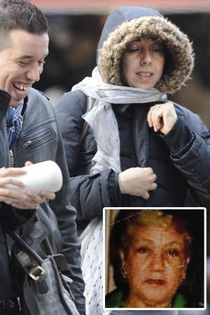A driver convicted of homicide is back on the road after serving one year for killing a Manhattan pedestrian.
Lynette Caban was driving with a suspended license when she struck Francesca Maytin in East Harlem on January 2, 2003, knocking the 82-year-old victim a distance of over 18 feet, according to a January 2012 press release from the office of Manhattan District Attorney Cy Vance.
Maytin was in the crosswalk on Third Avenue between E. 107th and E. 108th Streets as Caban backed against traffic through two crosswalks in pursuit of a parking spot. It was reported that Caban and three passengers were on the way to JFK Airport when they decided to stop for pizza.
Caban had been summonsed months earlier, in October 2002, when she reportedly backed into an intersection in front of a Bronx school while attempting to evade an officer who was writing her a parking ticket.
In 2005, Caban was convicted of criminally negligent homicide for killing Maytin. She spent a year in jail. Vance inherited the case from DA Robert Morgenthau after a judge overturned the conviction based on a procedural error.
Vance secured the second conviction after the state Court of Appeals, New York's highest court, ruled that driving with a suspended license can be used as evidence of criminal negligence -- a victory in its own right, hailed by safe streets advocates and described by Vance as "a significant step in holding drivers accountable for dangerous and unsafe operation of a vehicle."
After the second verdict, the Post reported that Caban was using a drivers license issued under a different name, and that under the law she could not be given additional jail time for the same crime. Last month Caban was given a sentence of one to three years. According to Vance's office, the judge sentenced her to time served -- i.e. no additional time -- and did not suspend her new license.
The Caban case, maybe as well as any, epitomizes the uphill climb faced by law enforcers who go after deadly drivers. That a habitually reckless killer can be free to drive again, even when prosecutorial forces are brought to bear, is further evidence of a New York State traffic justice system flawed from top to bottom.






